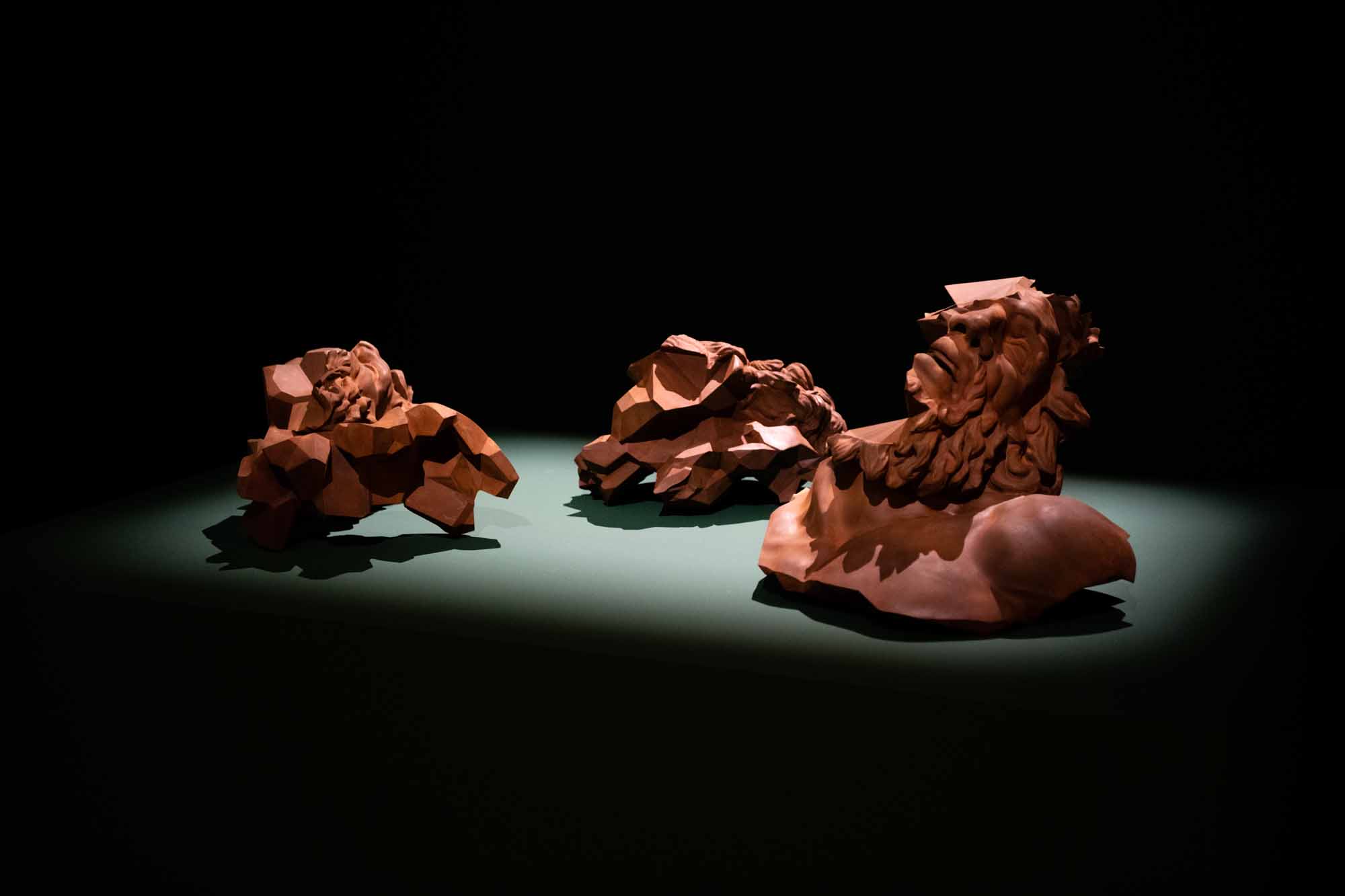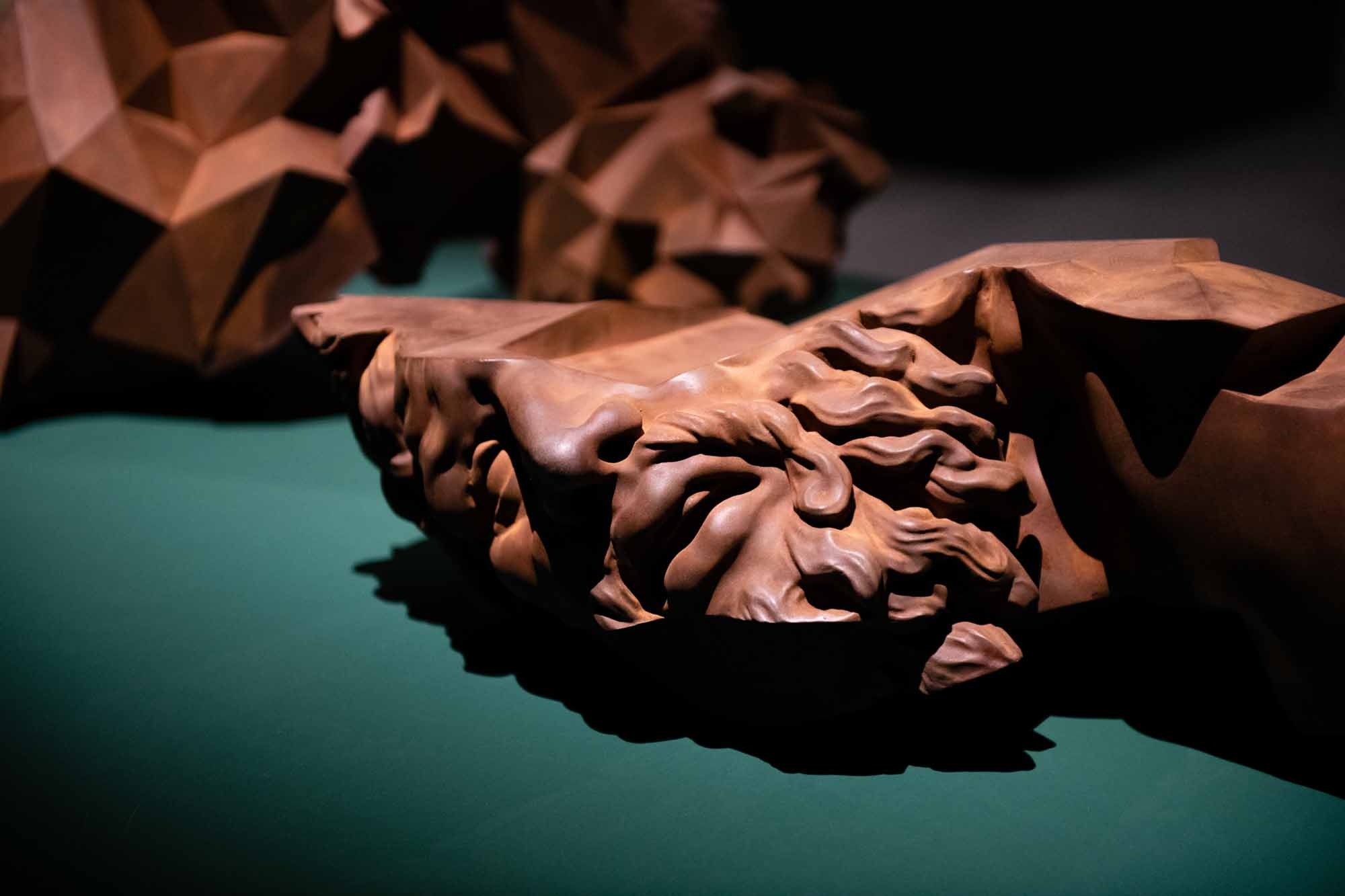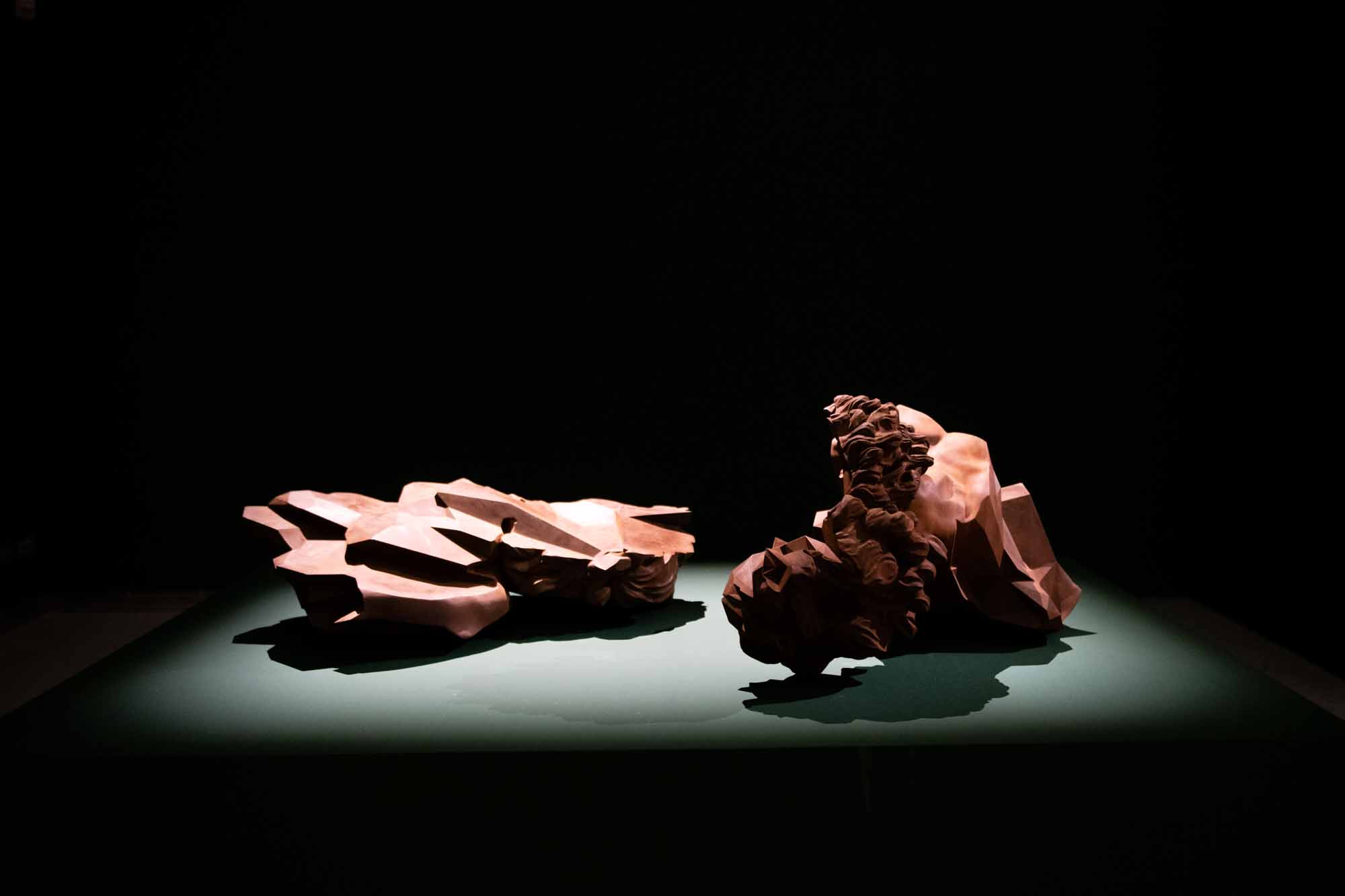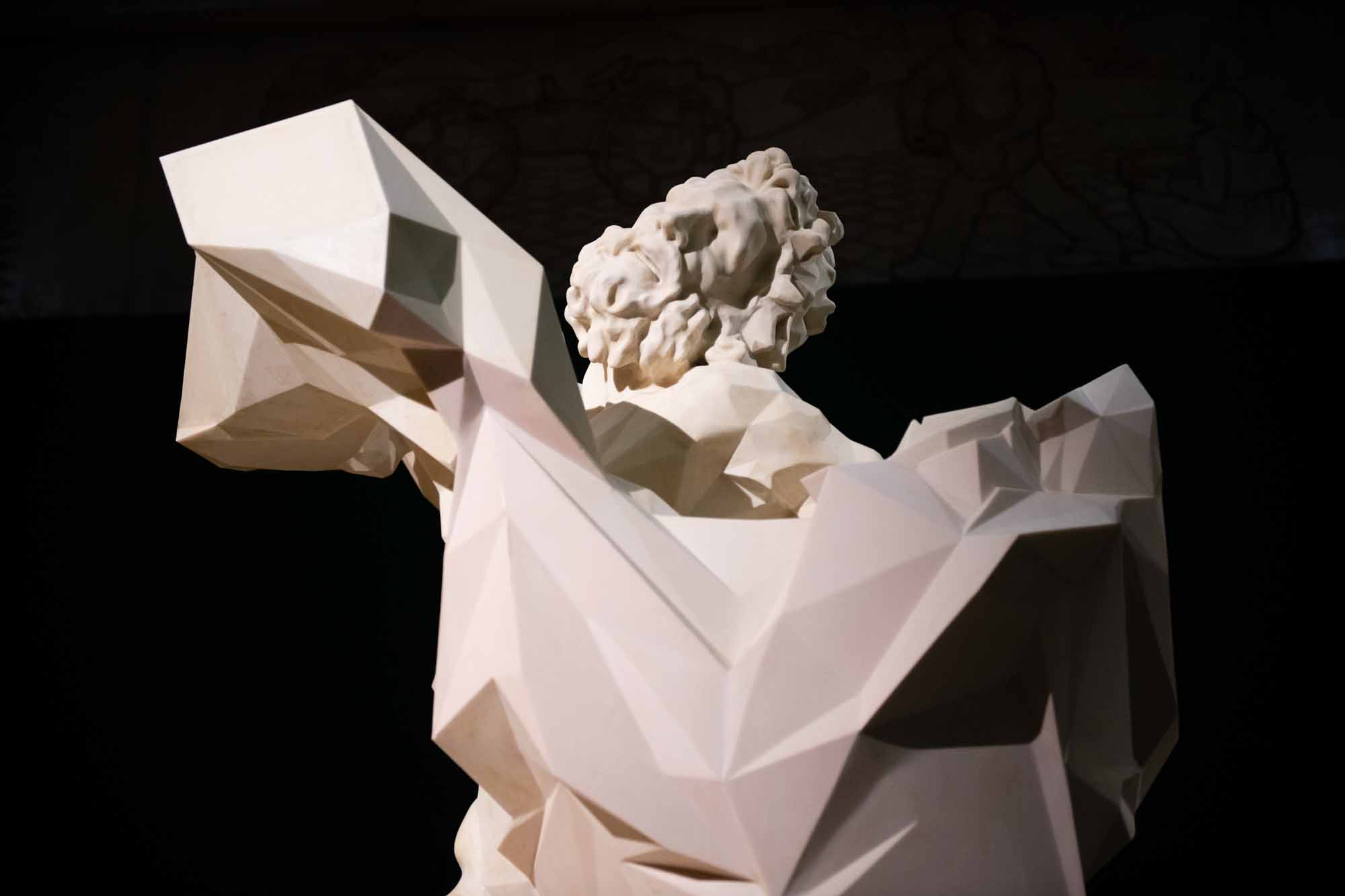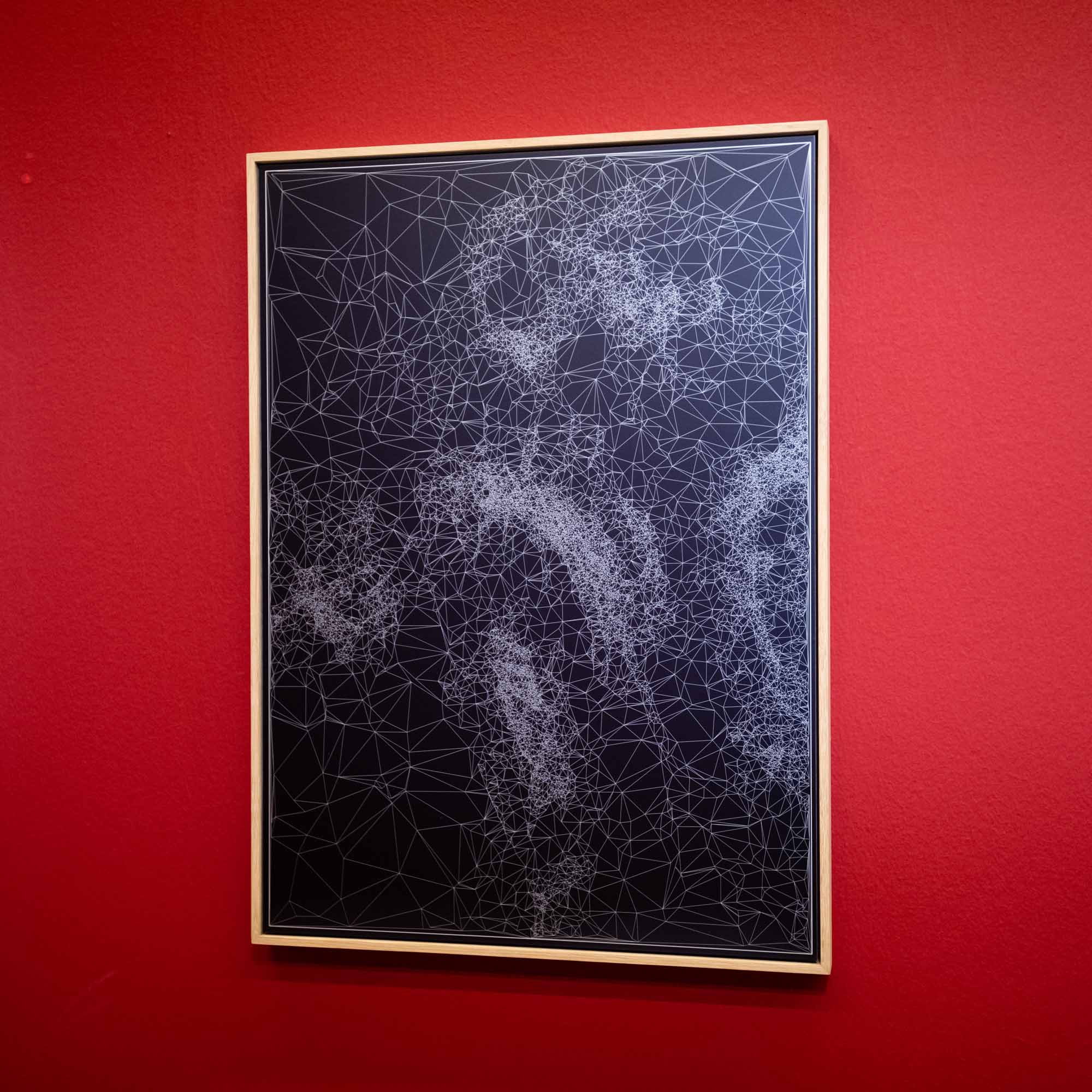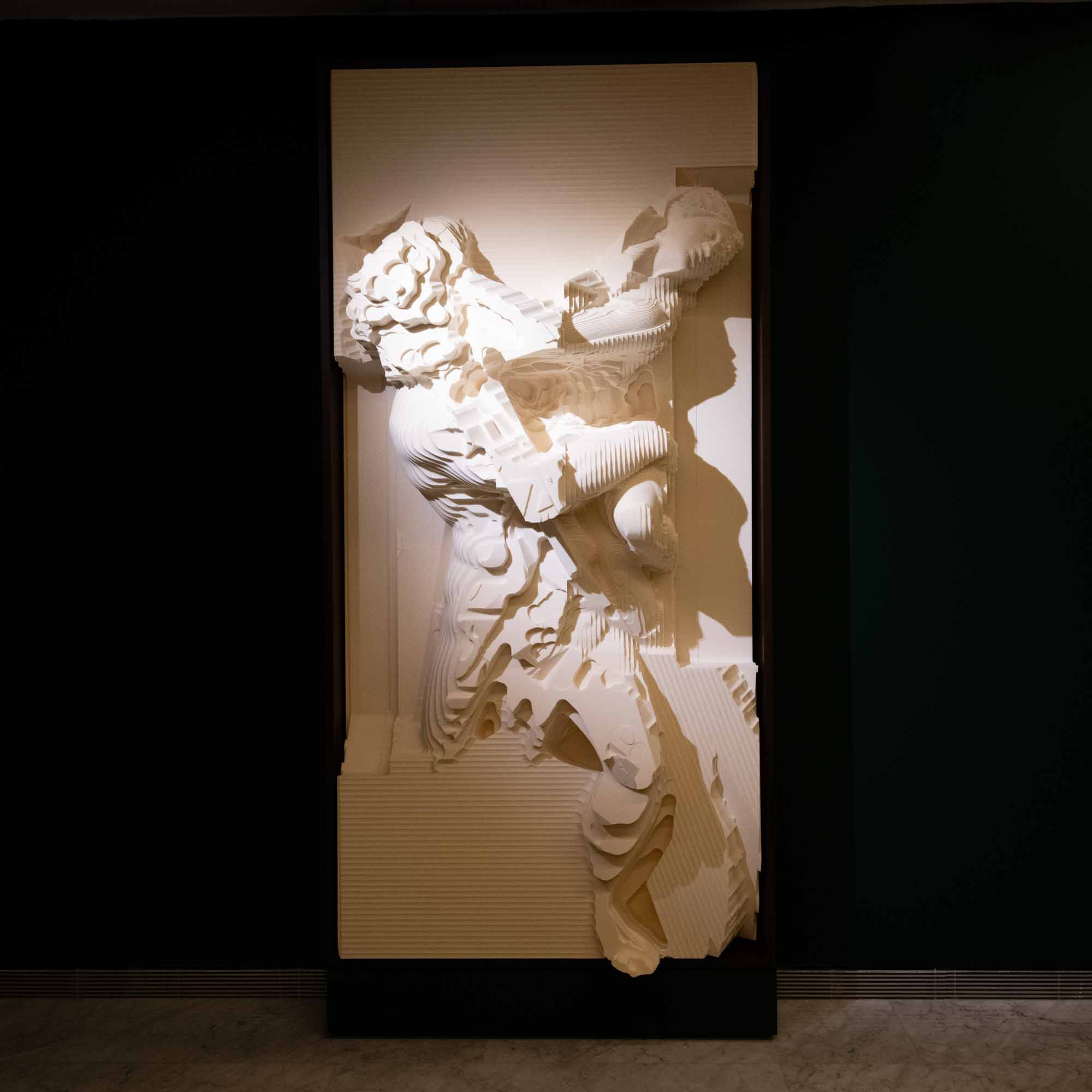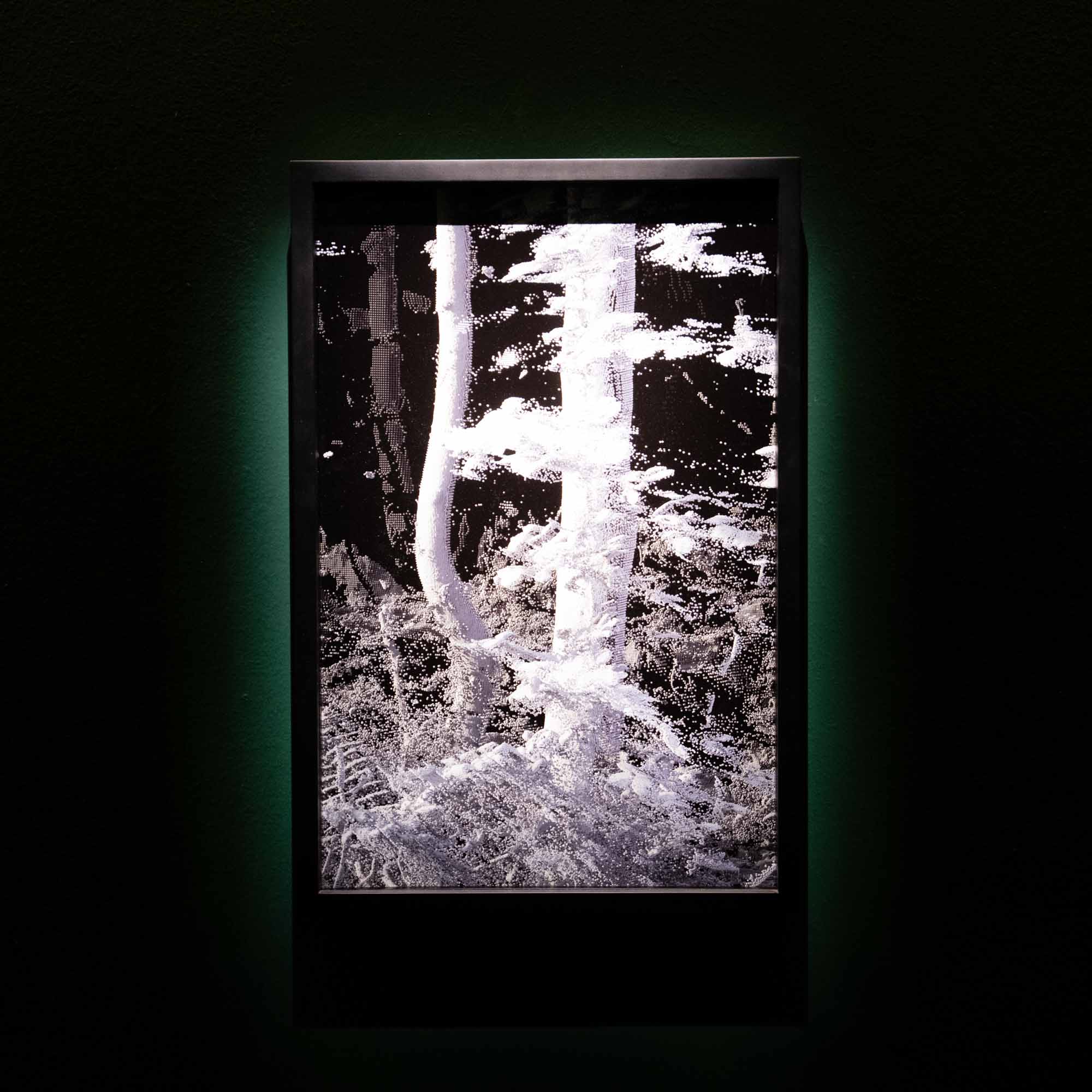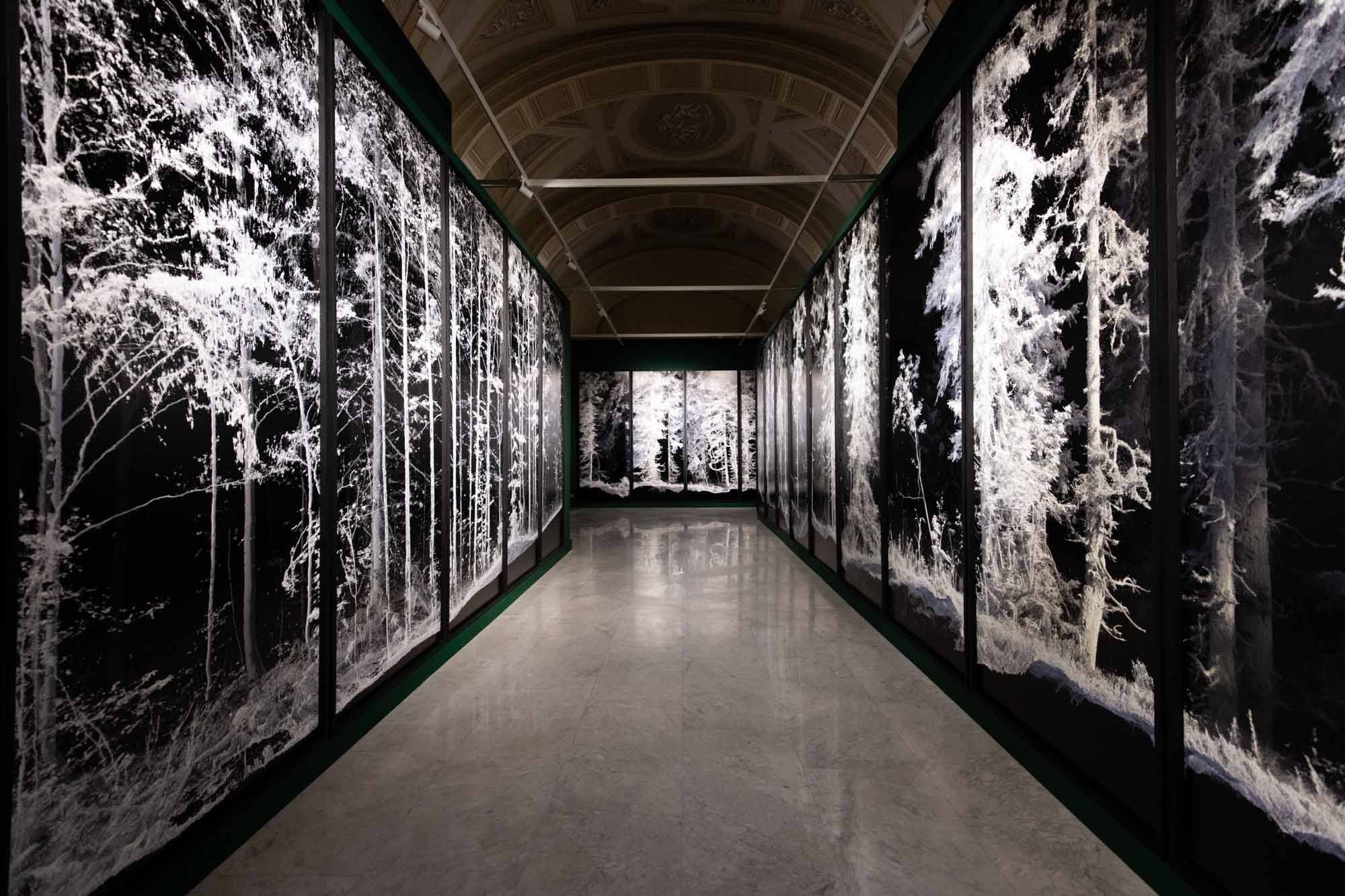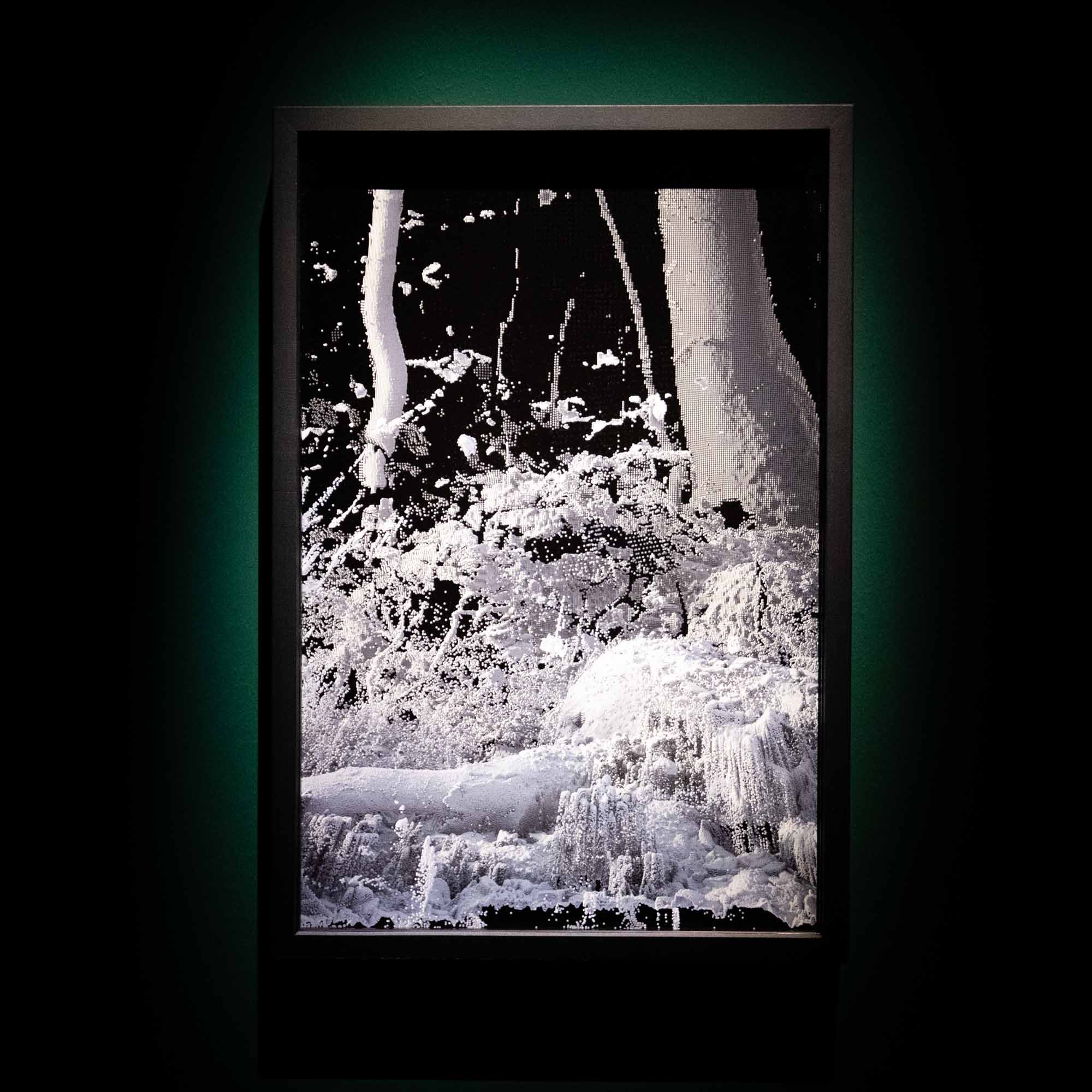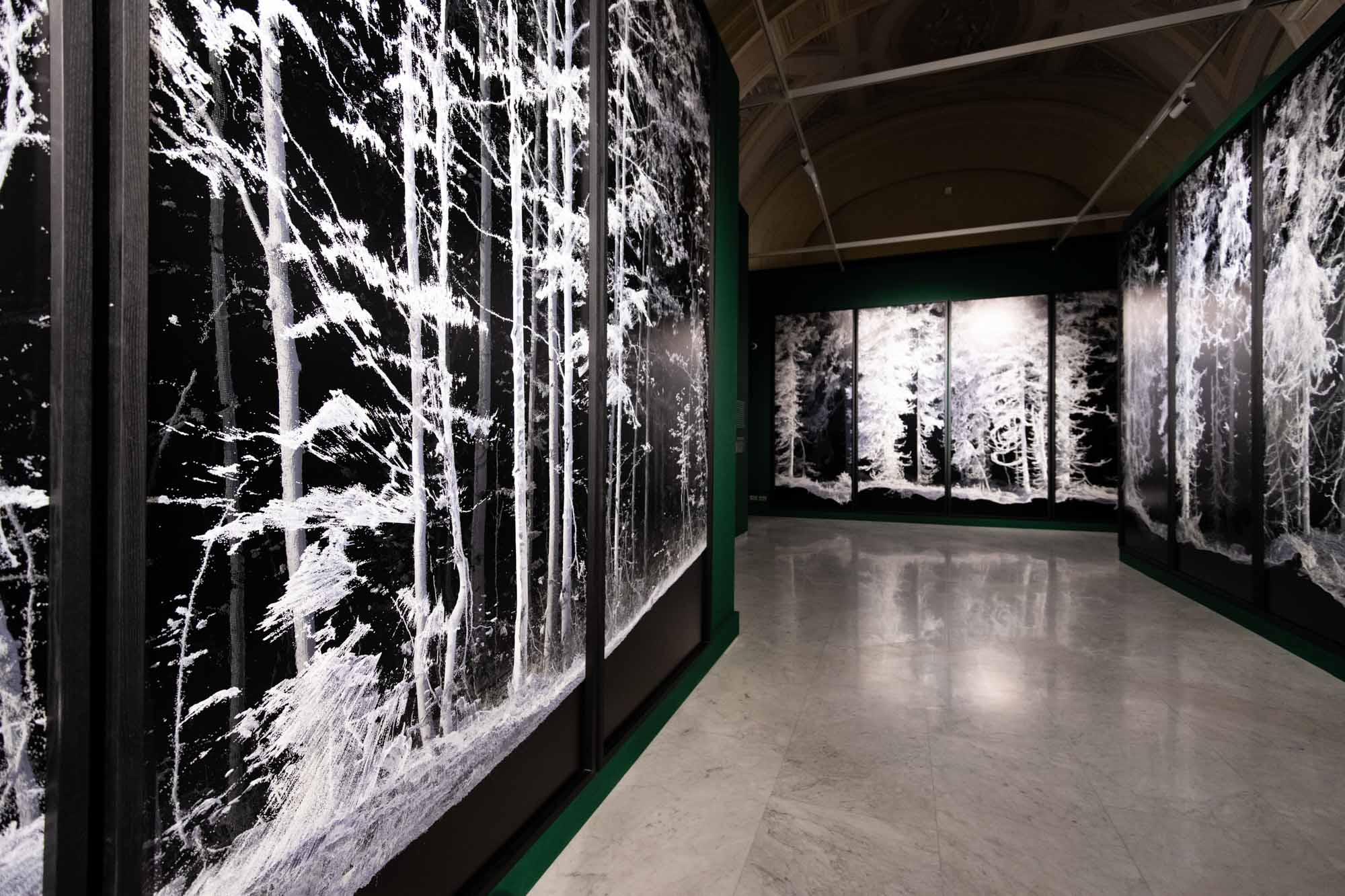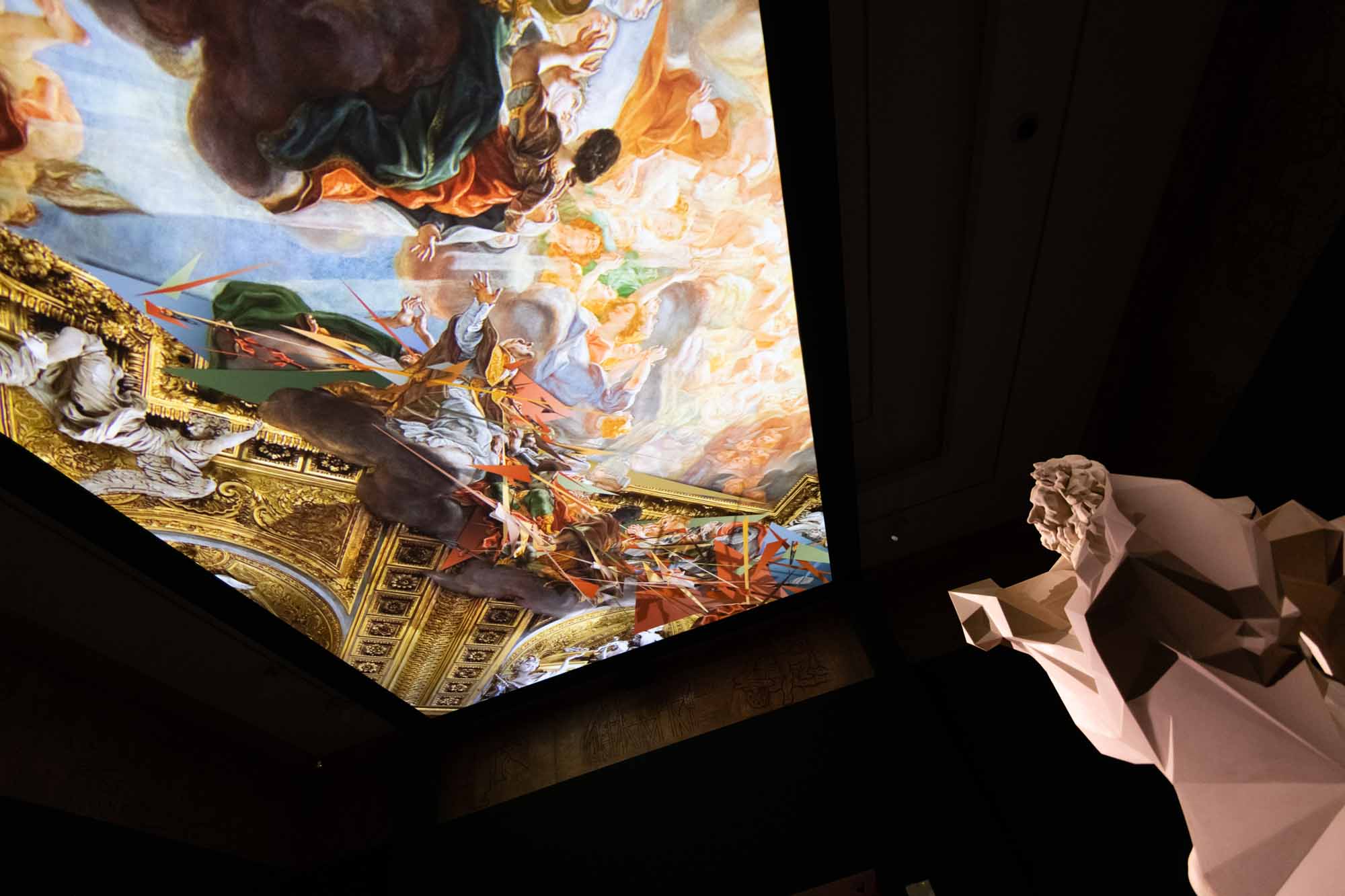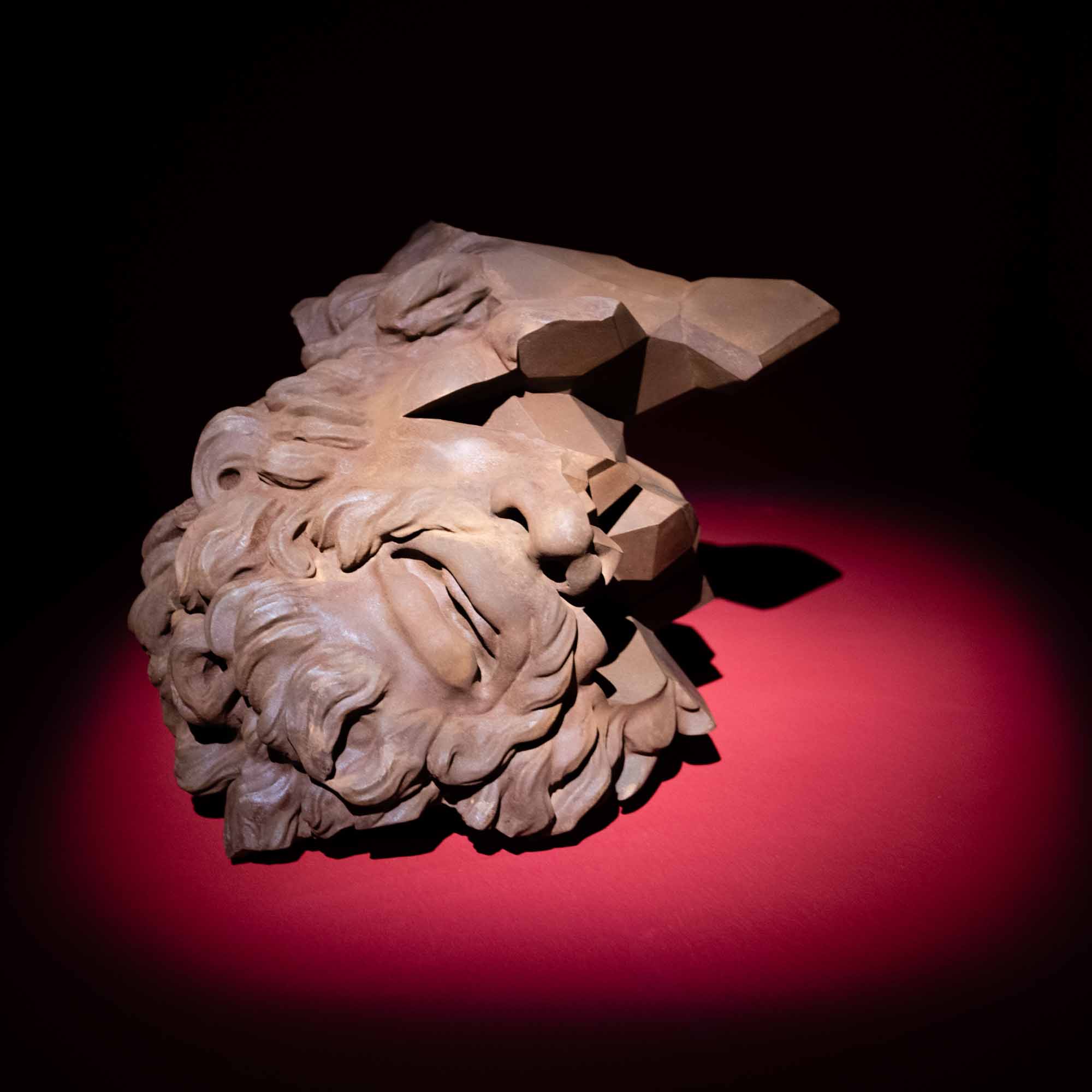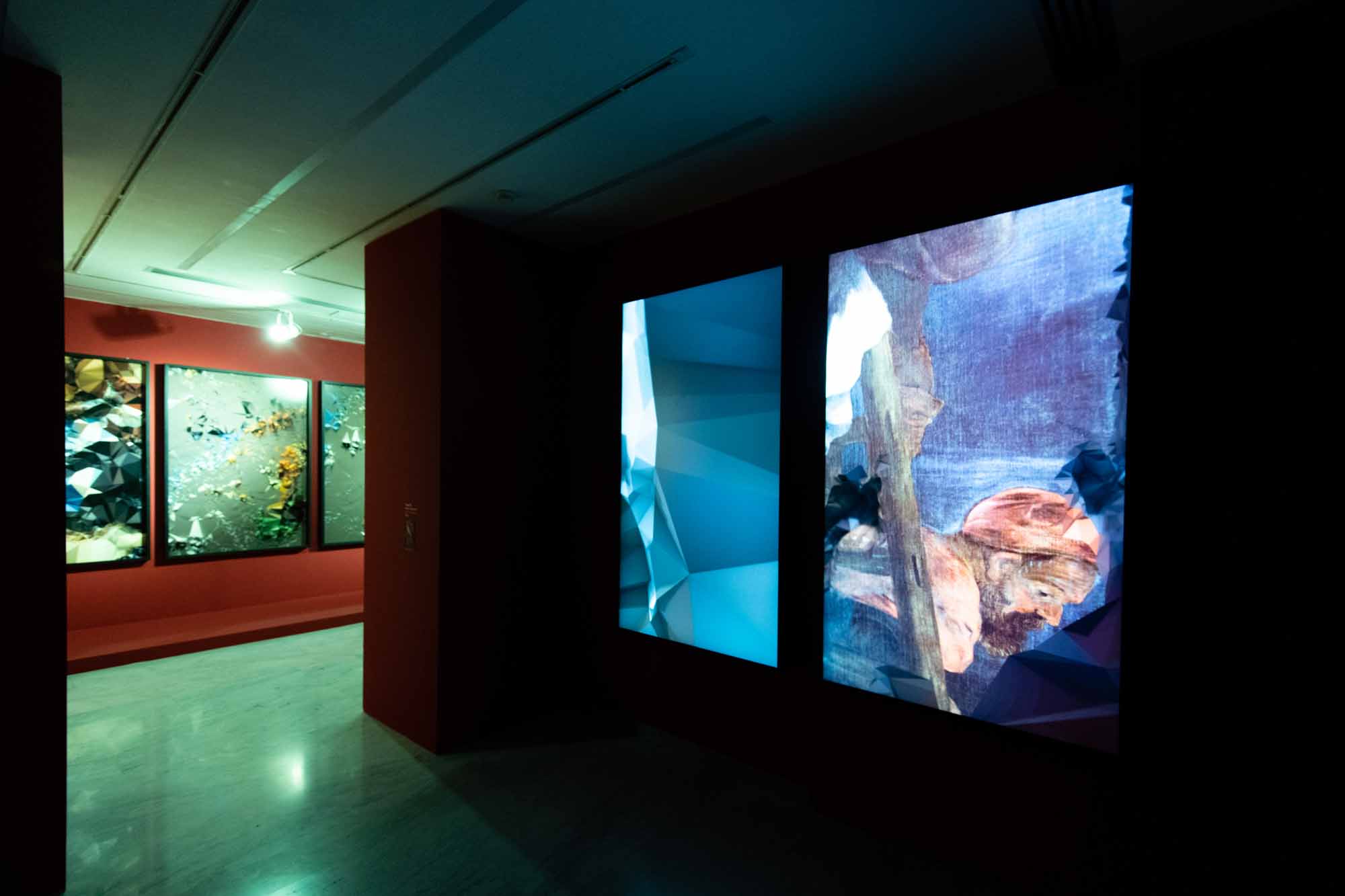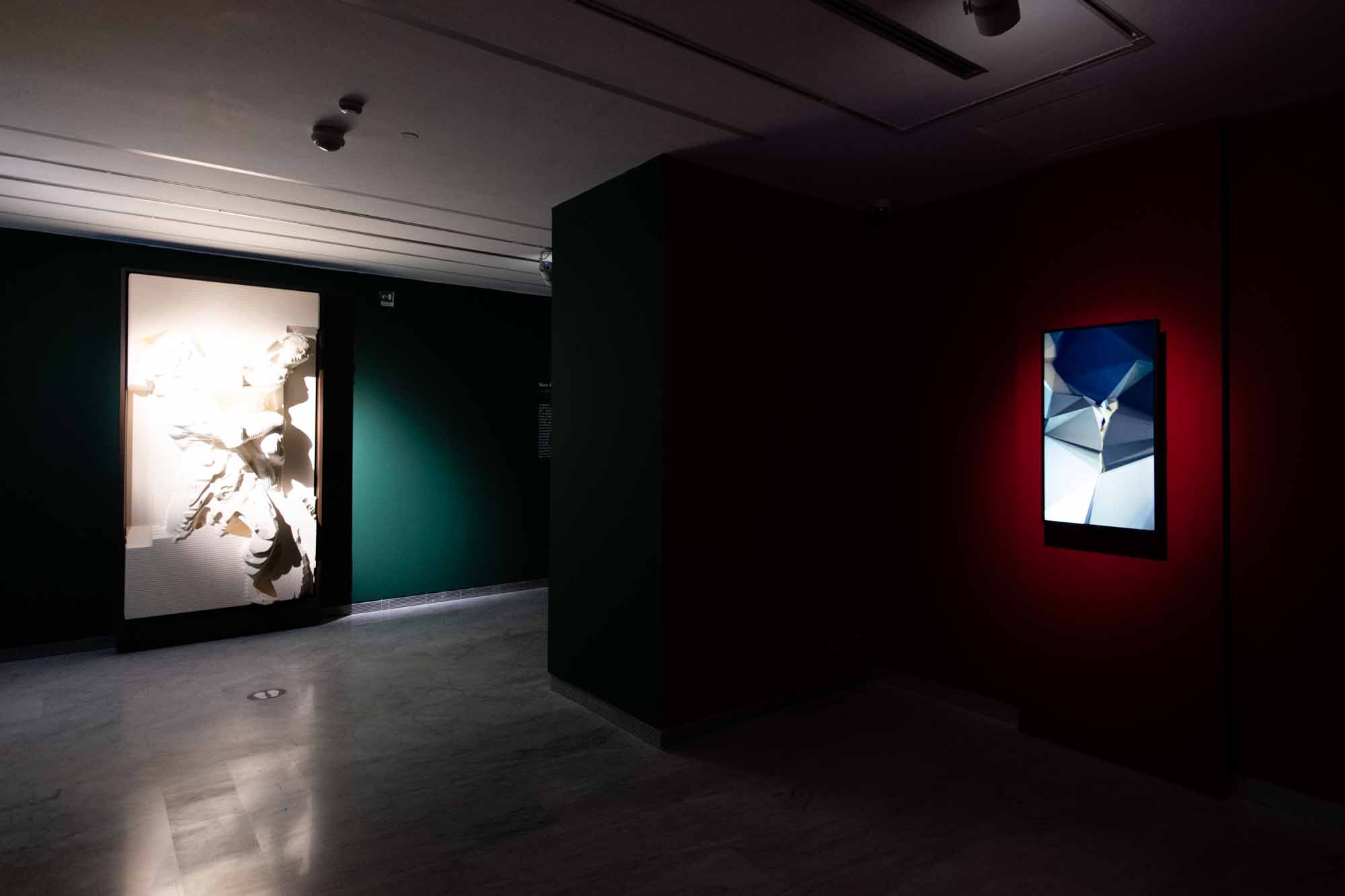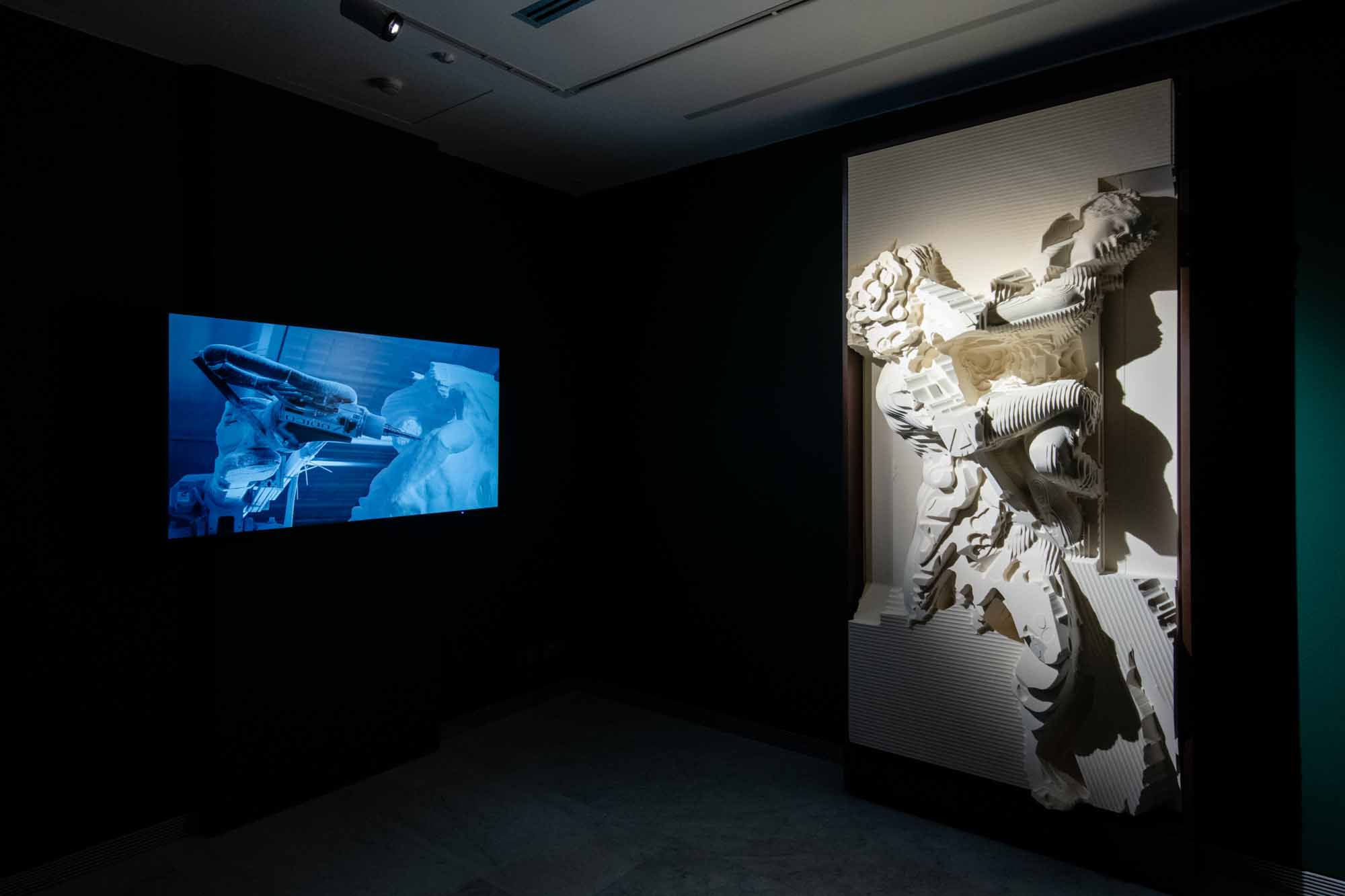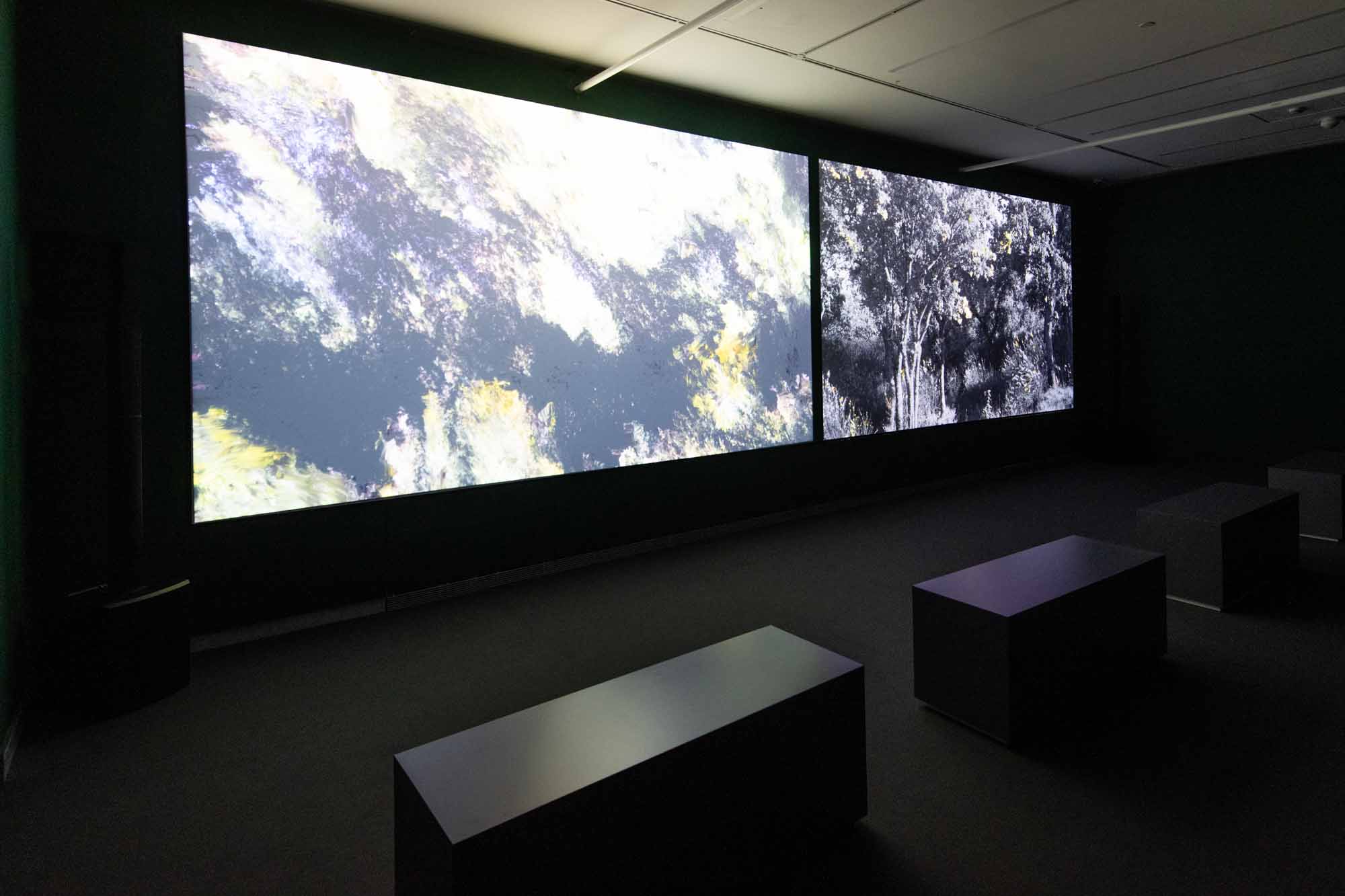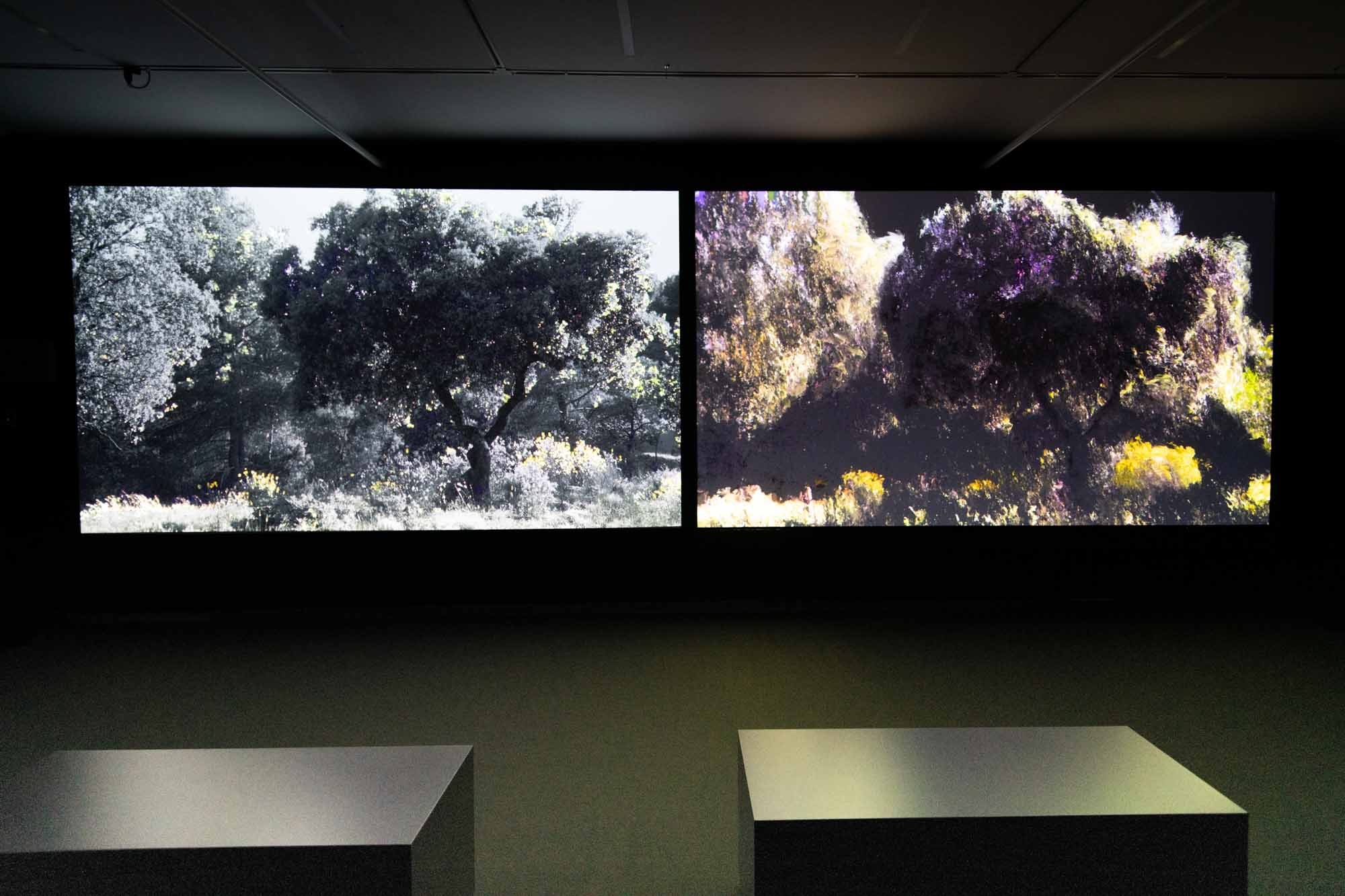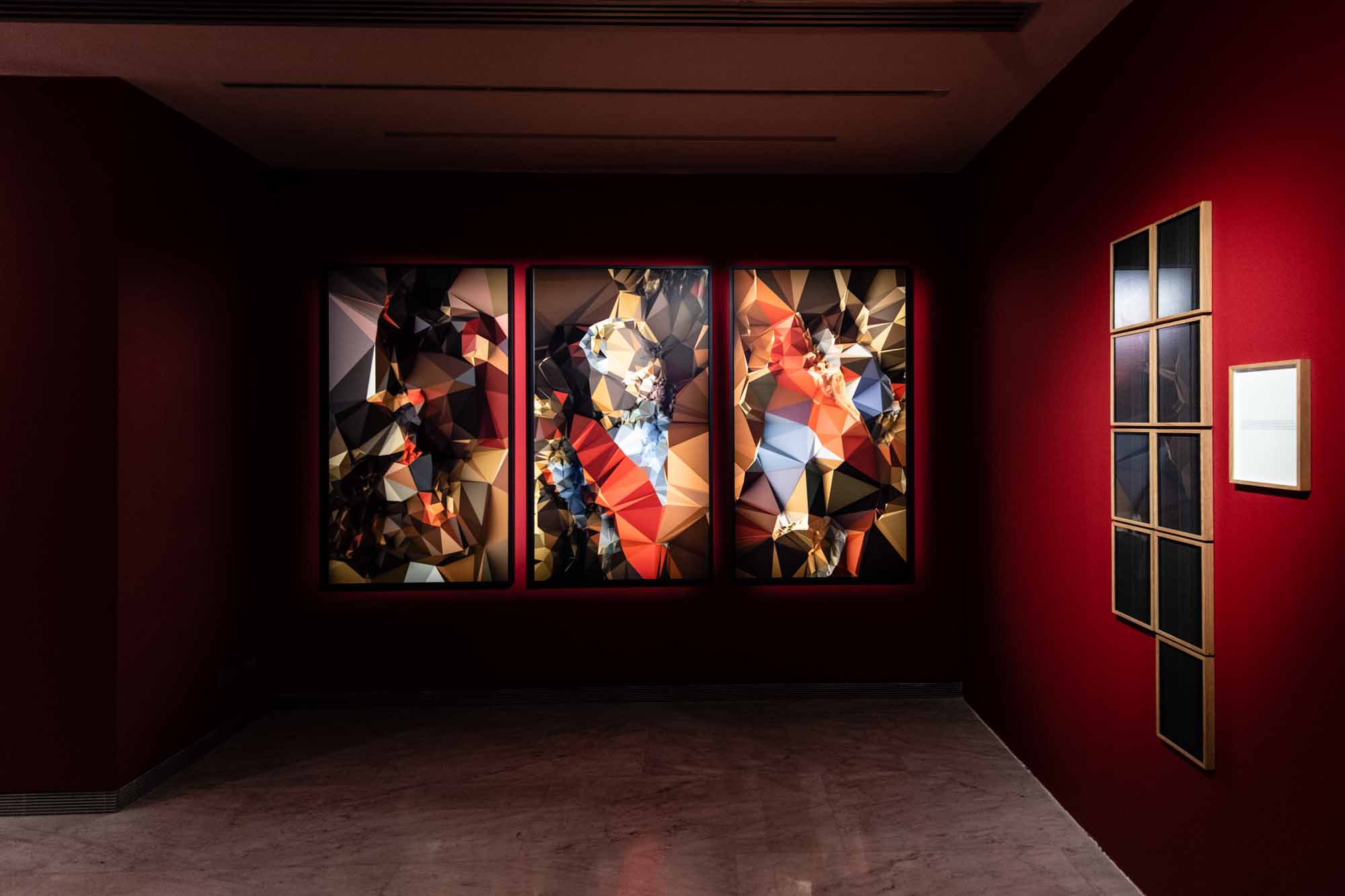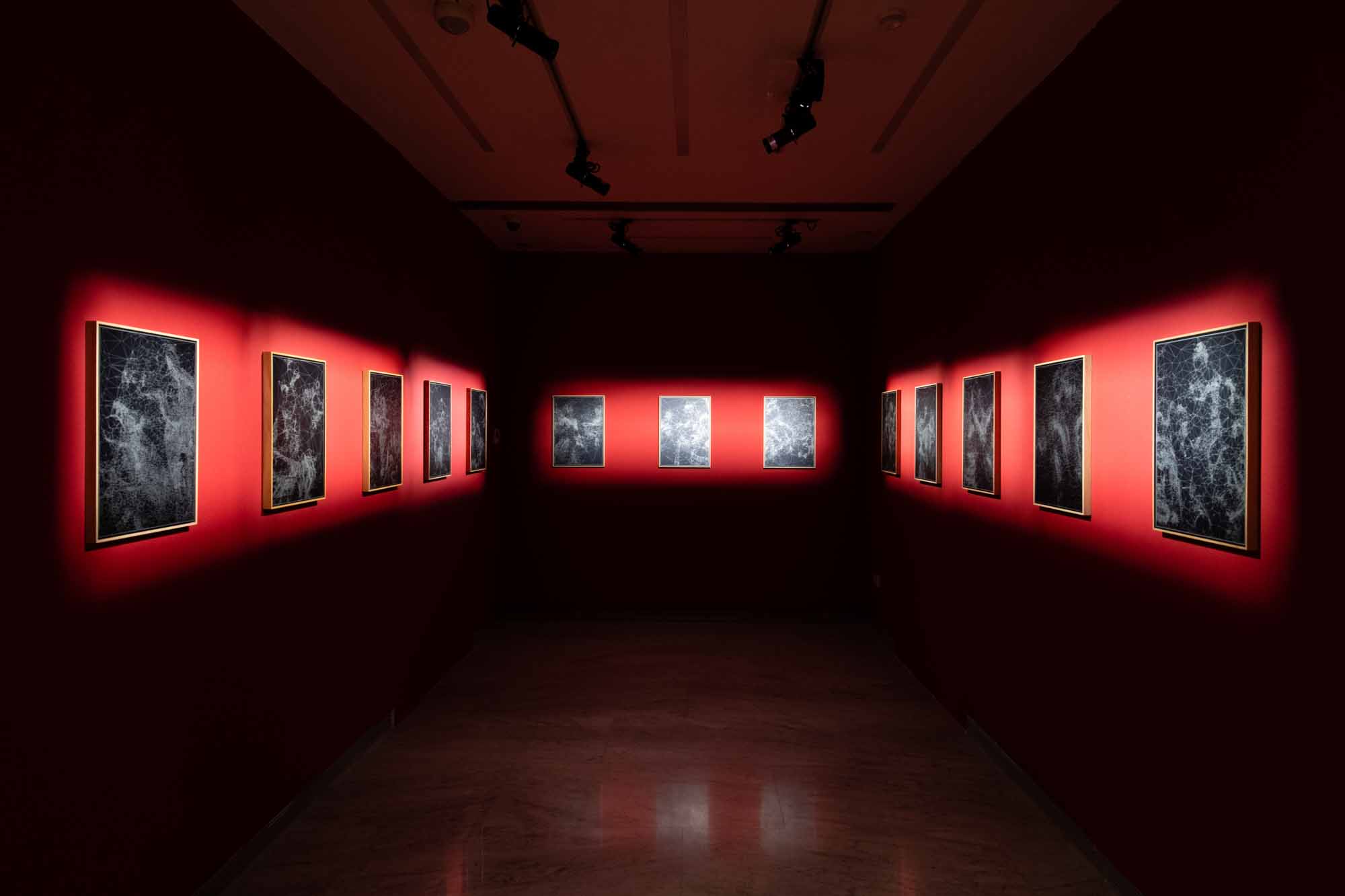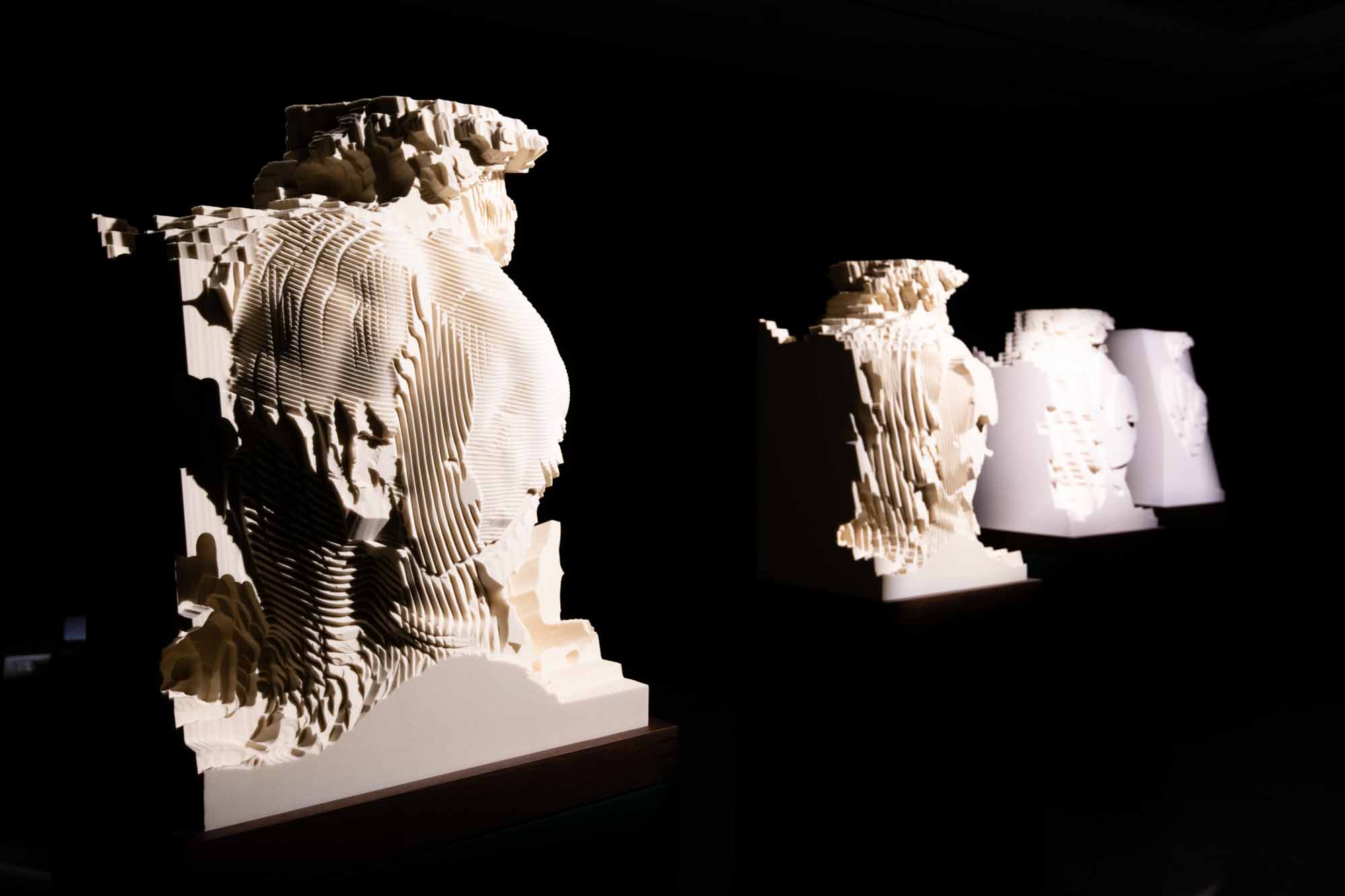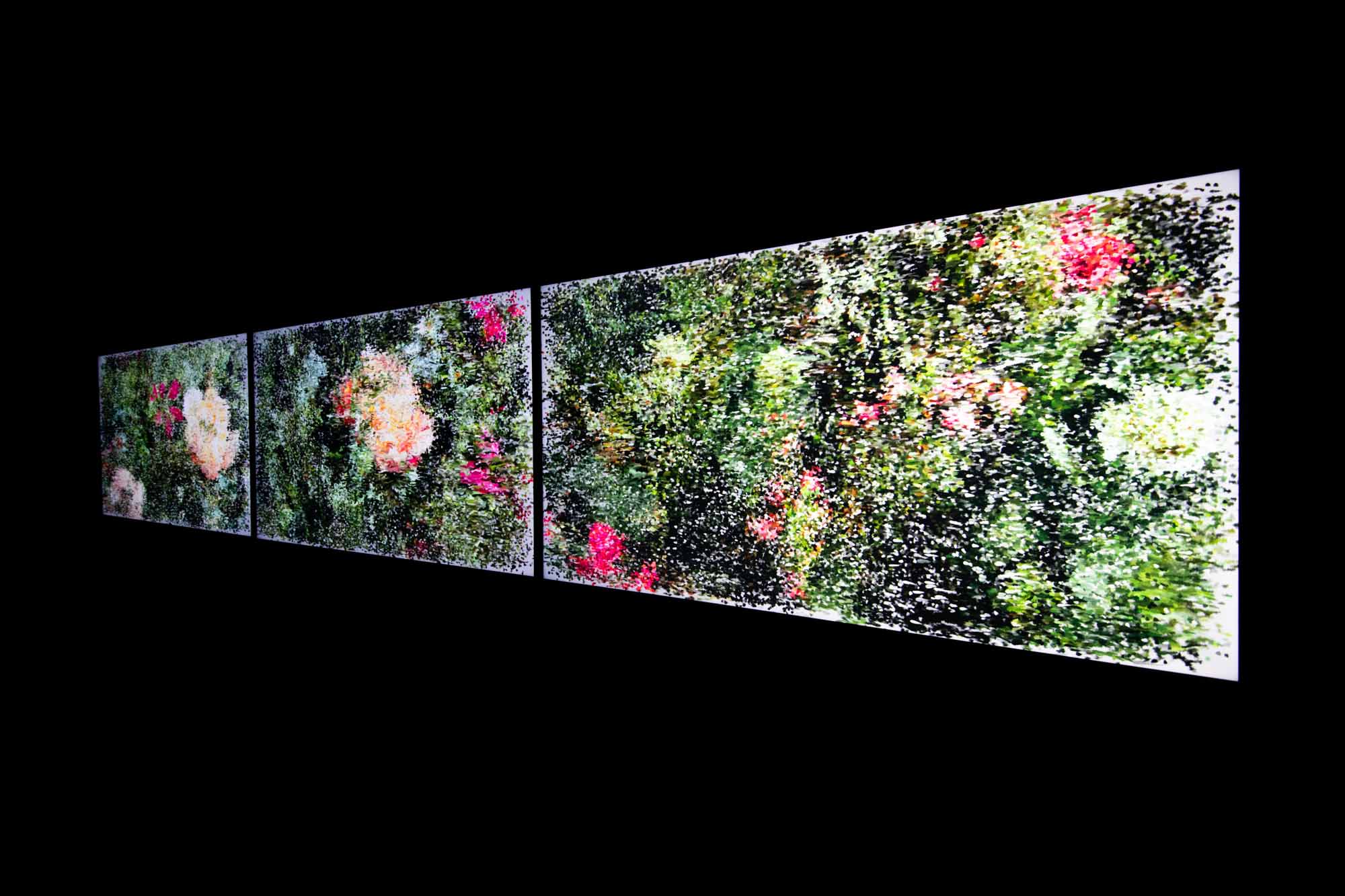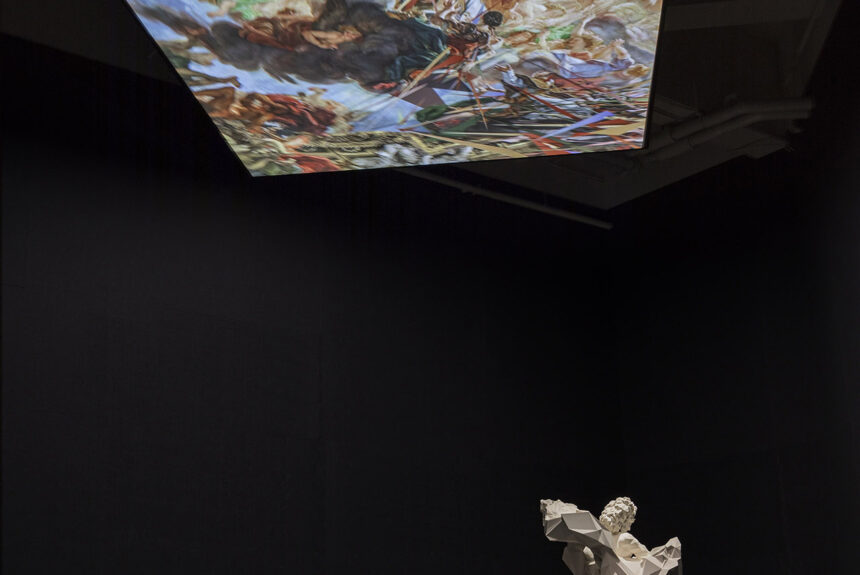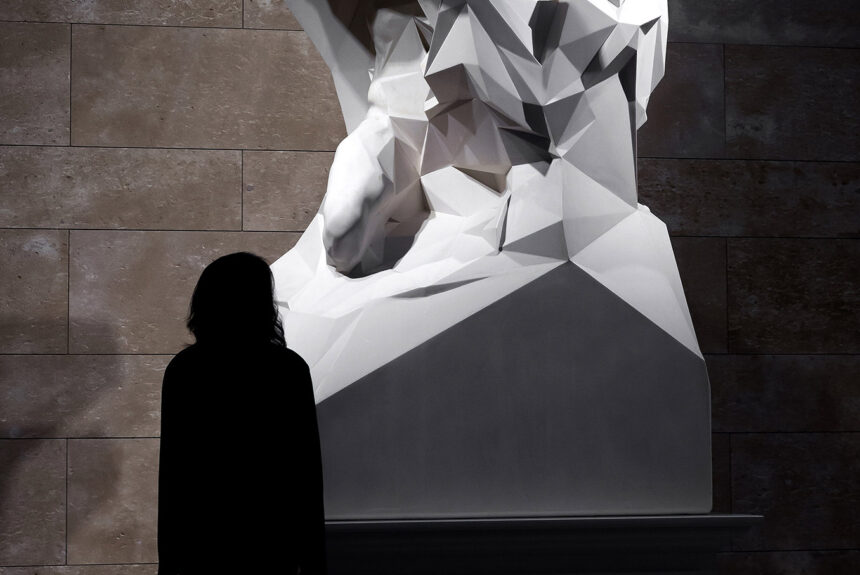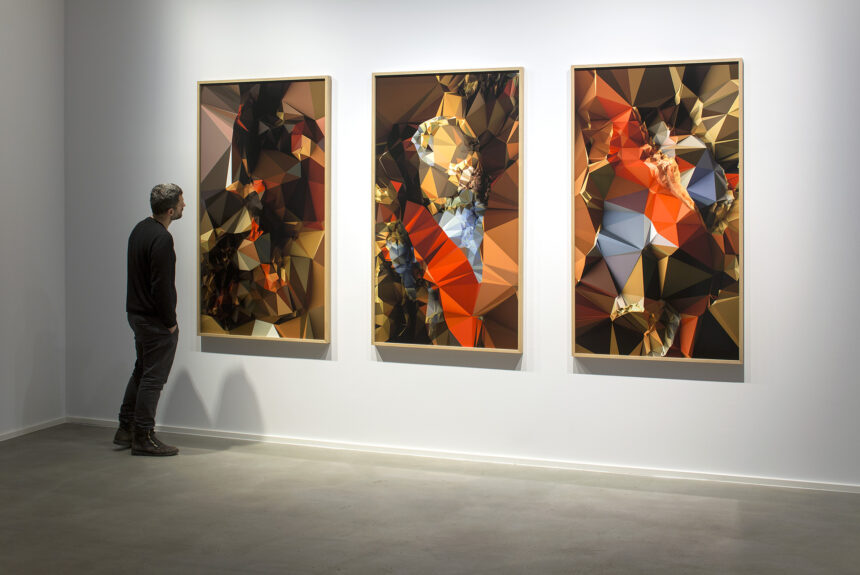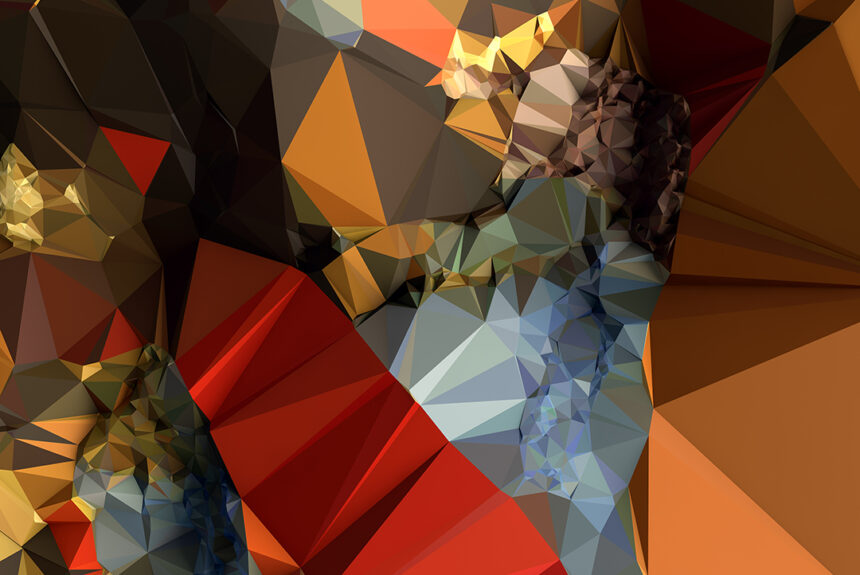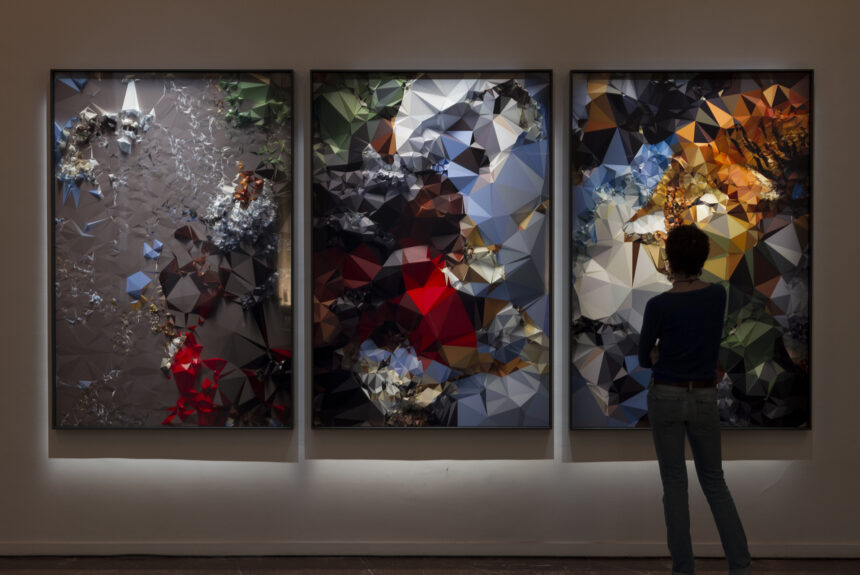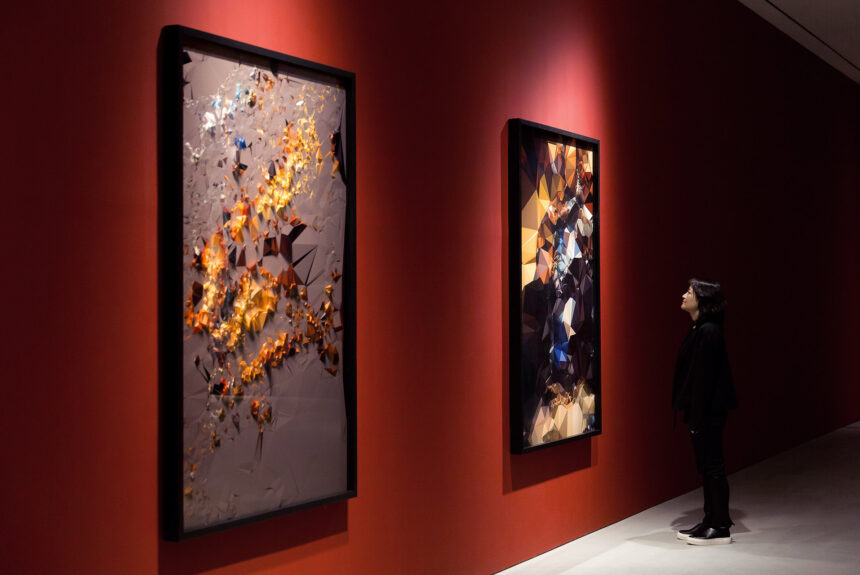Starting September 29th, Palazzo Cipolla in Rome will host Quayola’s first major solo exhibition in the capital.
Quayola was born in Rome in 1982 and is one of the most important representatives of Media-Art at an international level. He belongs to that rare dynasty of art creators who, inventing their own personal expressive code and new artistic/communicative language, re-mastered the history of art through their own visions.
This very first solo exhibition in Rome presents a overall panorama of the artist’s creations through an immersive journey into the main themes of his Computational Art.
The historic building of Palazzo Cipolla is the ideal space to present the history of Quayola’s creations, enlivened by a permanent confrontation between the artist’s classical study and his daily use of the most futuristic means of visual expression. Created between 2007 and 2021, the works on display give us an overview of the his creative process, temporal passages, anticipated futures, and reconstructed pasts.
The exhibition project develops into three thematic areas: classical iconography, unfinished sculptures, and the tradition of landscape painting. tre aree tematiche: iconografia classica, sculture non finite, e tradizione della pittura di paesaggio.
Using robotic systems, Artificial Intelligence (AI), and generative software, Quayola transforms computational technology into a new palette: Renaissance and Baroque paintings are transformed into complex digital compositions through computational methods, and sculptures inspired by Michelangelo’s technique of the unfinished come to life through robotics. These are followed by representations of nature: the product of a Generative Art that highlights the fascinating, even if paradoxical, similarity between the natural and digital worlds.
In front of video projections, sculptures, and high-definition prints, spectators get the chance to admire the incredible artistic potential of these vehicles of expression – far from the clichés of a dehumanized technology – and also acquire instruments that are indispensable for interpreting our contemporary society.
Photo credits: Alessandro Benvenuti
As stated by Prof. Emmanuele F. M. Emanuele, President of the Fondazione Terzo Pilastro - Internazionale, which promotes the exhibition: “Quayola uses algorithms that control the digital world, not only or not simply to create works of art, but rather to examine – with the infinite opportunities that technology offers him – the research process that is the foundation of artwork itself, to explore the multitude of possibilities that make creative ideas concrete. He breaks down and fragments, to reorganize and completely rebuild new aesthetic canons. In this innovative and original journey, it is important that Quayola’s constant dialogue with the great masters of classical art is fundamental, such as Raphael, Botticelli, Rubens, and Bernini (whose sketches and preparatory drawings he prefers), because what is unfinished allows him, as he himself admits, to move away from the idea of representation, in order to concentrate on the process. Quayola’s contemporary language, therefore, gives life to an exhibition that I hope will bring traditional purists closer to the new expressive codes which derive from the most current technologies that, far from being aseptic and dehumanized, place themselves at the service of the creative act in all its forms, offering the artist and his audience new tools to explore the ineffable mystery of making art.”
Despite changing the expressive medium used, the common temperament of Quayola’s art, which characterized the past and continues in the present, emerges throughout the exhibition. A reinterpretation of the “classical” compared with the works of great Masters, reproduced on “descriptive signs”, not only to facilitate the spectators’ experience but also to act as a guide in the exploration and understanding of the “Quayola code”.
An essential part of the exhibition, and the maximum expression of Quayola’s innovative and technological ability, is the presentation of his robotic sculptures. In this case, the dialogue with the great artists of the past, and especially with Bernini, is the framework of the development of a never-before-seen sculpture, created with the support of an AI robotic system.
A computational world, often seen at the antipodes of the realm of nature, but one that Quayola reinterprets by demonstrating how Generative Art is perhaps the ideal means for exploring nature itself. His botanical series, such as Jardins d'Été, highlights the fascinating, although paradoxical, similarity between the natural and digital worlds.
In fact, a parallel “organic” process exists both in natural and in algorithmic life: in the two realms, natural and digital, a generative process can be observed, which follows its own logic. With an artificial nature that greatly resembles the natural world, Quayola invents a new form of Impressionism.
In our digital age, Quayola’s art helps us contemplate and understand the world we live in. By developing works that take on an immaterial form (such as videos), as well as a material form (such as prints or sculptures), the artist enlightens us regarding the paradox of an immateriality that is actually a new form of materiality. The language required to express a vision of the 21st-century world.
The exhibition, which is promoted by the Fondazione Terzo Pilastro - Internazionale (chaired by Prof. Emmanuele F. M. Emanuele), produced by Poema, with the organizational support of Comediarting and Arthemisia, and curated by Jérôme Neutres and Valentino Catricalà, fits perfectly in the wake of the plus twenty-year program of Palazzo Cipolla’s exhibition space. In this venue, the Foundation – under the wise guidance of its President and his marked sensibility and farsightedness – has always aimed at investigating the most significant trends and manifestations of art in all its forms, starting from the dutiful study of the eras that have shaped the identity of Italy (Quattrocentro, Baroque) and a research on cultures of distant worlds (imperial China, Japan, India, Soviet Russia, the United States), to arrive at the most important and current examples of national and international Contemporary Art, passing through undisputed protagonists (such as Rockwell, Hopper, Banksy), and the most innovative and prospective instances.
THE ARTIST
Despite his young age, Quayola boasts an international curriculum with exhibitions in major museums, including: V&A Museum, London; Park Avenue Armory, New York; Bozar, Brussels; National Art Center, Tokyo; UCCA , Beijing; HOW Art Museum, Shanghai; Palais de Tokyo, Paris. He has participated in important Biennials, such as in São Paulo, and festivals like the Sónar in Barcelona and the Sundance Film Festival in Park City. He has won prestigious awards, such as the Golden Nica at the Ars Electronica Festival.
Quayola has also worked on experimental projects with composers, orchestras, and musicians including: London Contemporary Orchestra, Orchestre National Bordeaux Aquitaine, Ensemble Intercontemporain, Vanessa Wagner, Jamie XX, Mira Calix, Plaid, and Tale Of Us.

